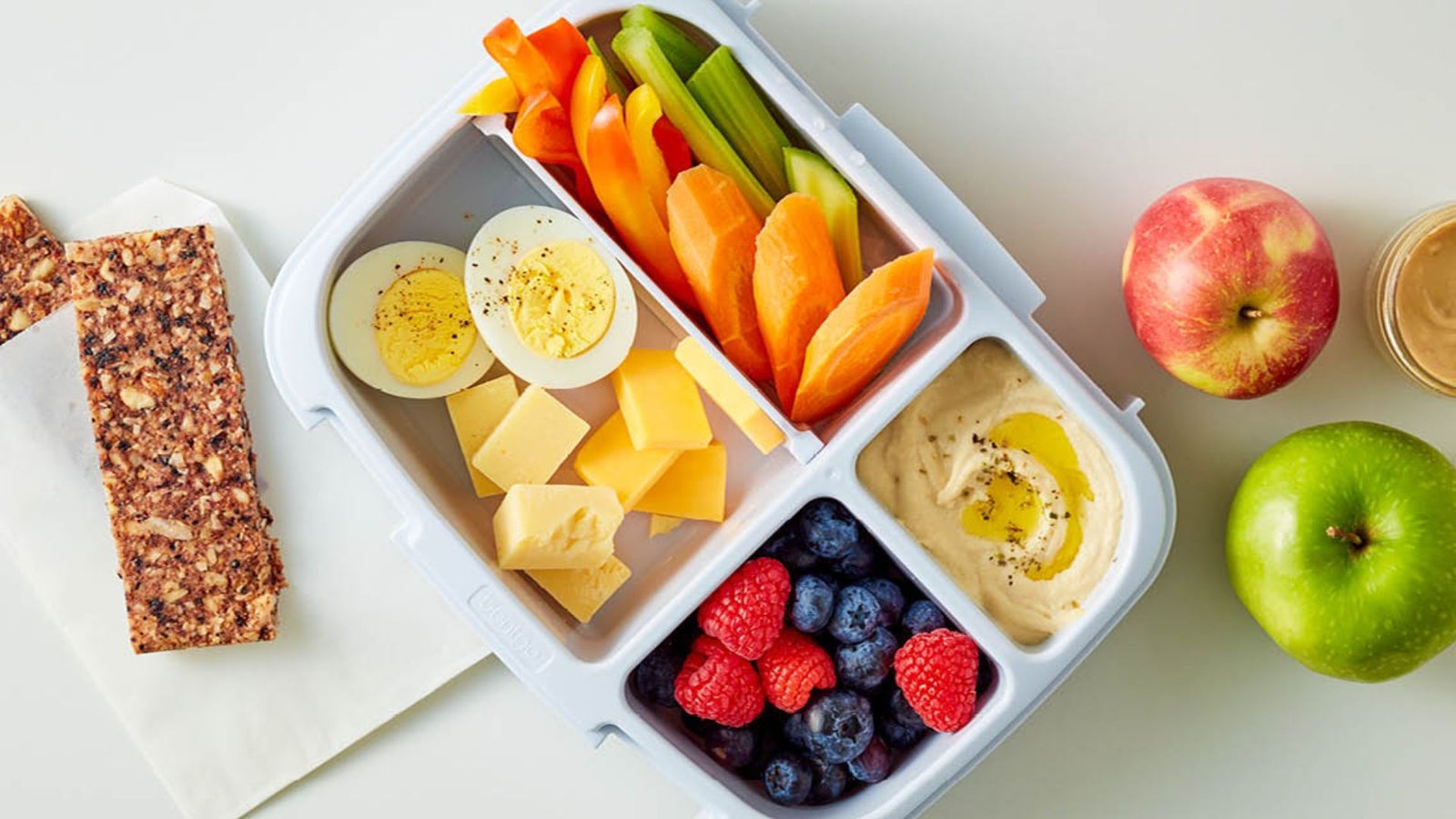Maintaining a healthy diet can be challenging, especially when cravings for unhealthy foods strike. However, with the right strategies, you can curb these cravings and stick to your healthy eating goals. In this article, we’ll explore effective techniques to manage cravings and ensure you stay on track with your nutritional choices.
1. Understand Your Cravings
a. Identify Triggers
First, it’s essential to recognize what triggers your cravings. Is it stress, boredom, or a specific time of day? By identifying these triggers, you can take proactive steps to address them.
b. Differentiate Between Hunger and Cravings
Learn to distinguish between physical hunger and emotional cravings. Physical hunger develops gradually and is often satisfied by any food. In contrast, cravings can be sudden and specific, often driven by emotional factors.
2. Practice Mindful Eating
a. Slow Down
Take your time when eating. By savoring each bite, you can help your brain recognize when you’re full, reducing the likelihood of overeating or giving in to cravings.
b. Focus on Your Meal
Eliminate distractions during meals, such as watching TV or scrolling on your phone. Paying attention to your food can enhance your eating experience and help you feel more satisfied.
Maintaining healthy eating habits requires consistent effort and smart strategies to avoid temptation.
Just as you might research the Top online casino games to make informed choices, learning about nutrition helps you stay committed.
At BodyChek Wellness, we provide tools to curb cravings and keep your wellness journey on track.
Understanding your body’s signals is key to making healthier decisions every day.
Stay motivated with our expert tips and personalized support for lasting results.
3. Choose Healthy Alternatives
a. Substitute Wisely
When cravings for unhealthy snacks arise, have healthier alternatives on hand. For example, if you crave chips, try air-popped popcorn or veggie sticks with hummus.
b. Satisfy Your Sweet Tooth
If you have a sweet craving, opt for fruits or yogurt instead of candy or dessert. These options provide natural sweetness along with essential nutrients.
4. Stay Hydrated
a. Drink Water
Sometimes, cravings can be mistaken for thirst. Drinking water throughout the day can help keep cravings at bay. Aim for at least eight glasses of water daily.
b. Herbal Teas
Incorporate herbal teas into your routine. They can provide a comforting experience and help curb cravings, especially in the evening.
5. Keep a Balanced Diet
a. Include Protein and Fiber
A diet rich in protein and fiber can help keep you full longer, reducing cravings. Include lean proteins, whole grains, fruits, and vegetables in your meals.
b. Regular Meals and Snacks
Eating at regular intervals can stabilize blood sugar levels and prevent cravings. Plan healthy snacks between meals to keep hunger at bay.
6. Manage Stress and Emotions
a. Practice Stress-Relief Techniques
Engaging in stress-relief practices such as meditation, yoga, or deep breathing can help reduce emotional eating. Find activities that help you relax and recharge.
b. Seek Support
If cravings are linked to emotional triggers, consider talking to a friend or a professional. Support can provide new perspectives and strategies to cope with cravings.
7. Create a Positive Environment
a. Remove Temptations
Minimize the presence of unhealthy foods in your home. Stock your kitchen with healthy options to make better choices easier.
b. Meal Prep
Plan and prepare your meals in advance. Having healthy options readily available can help you resist the temptation of unhealthy choices.
8. Allow Yourself Occasional Treats
a. Practice Moderation
Completely denying yourself treats can lead to increased cravings. Instead, allow yourself small portions of your favorite indulgences occasionally. This approach can help satisfy your cravings without derailing your progress.
b. Enjoy the Process
Instead of viewing healthy eating as a restrictive diet, approach it as a positive lifestyle change. Focus on the benefits of nourishing your body and enjoy exploring new healthy recipes.

9. Conclusion
Curbing cravings and staying on track with healthy eating requires a combination of awareness, strategy, and self-compassion. By understanding your triggers, practicing mindful eating, choosing healthy alternatives, and managing stress, you can effectively reduce cravings and embrace a healthier lifestyle. Remember, it’s not about perfection but progress, so celebrate your successes along the way.




